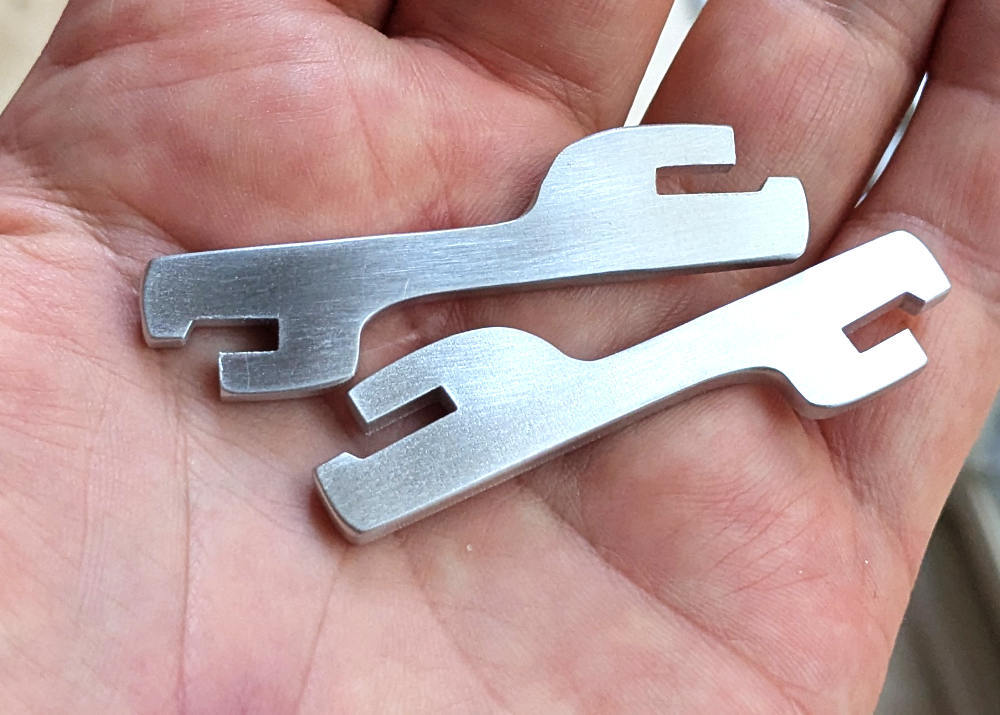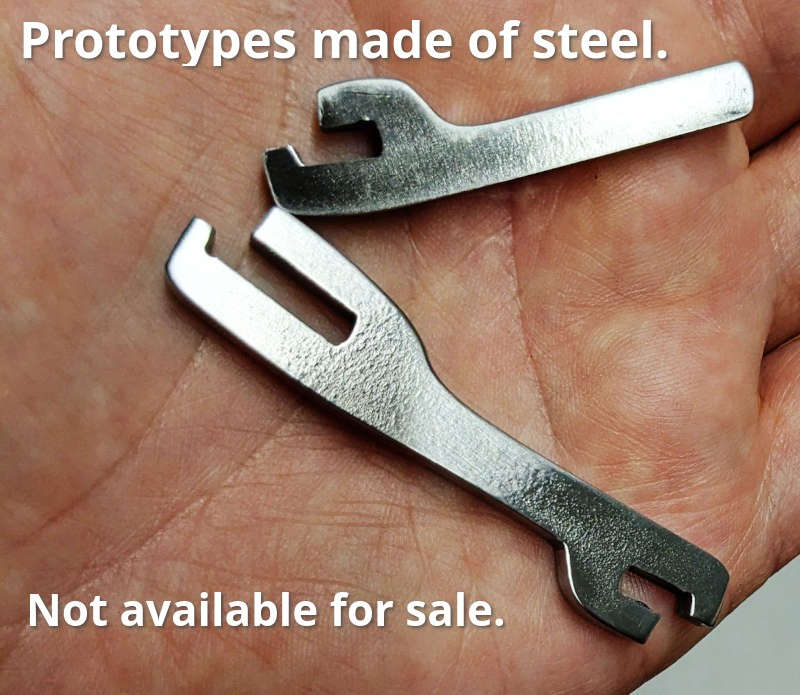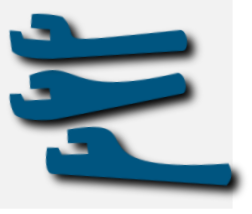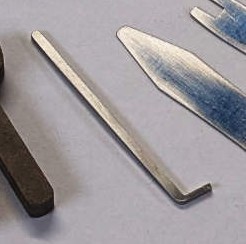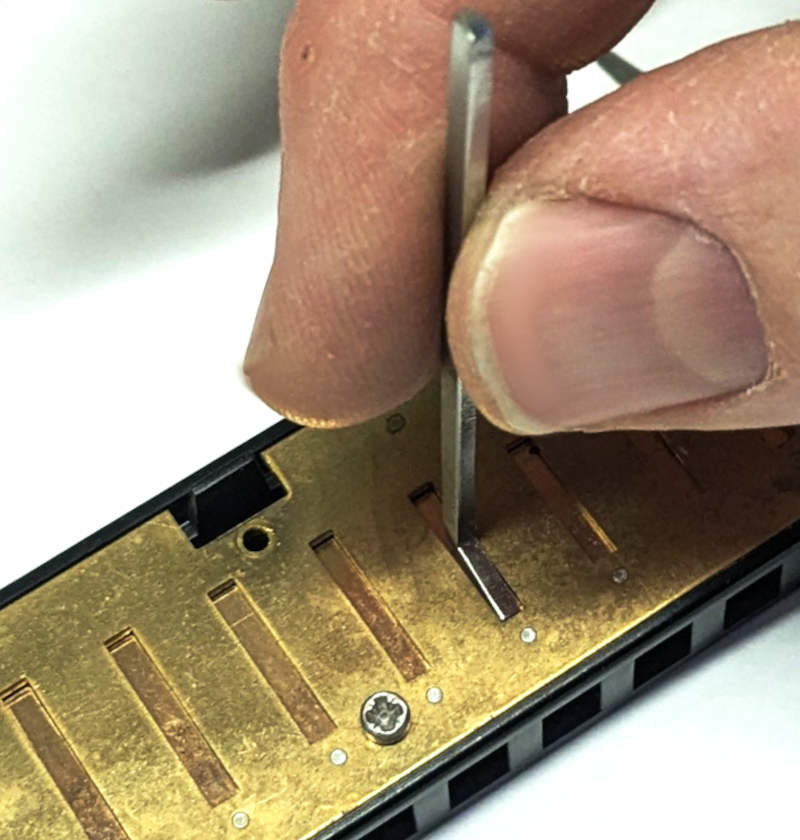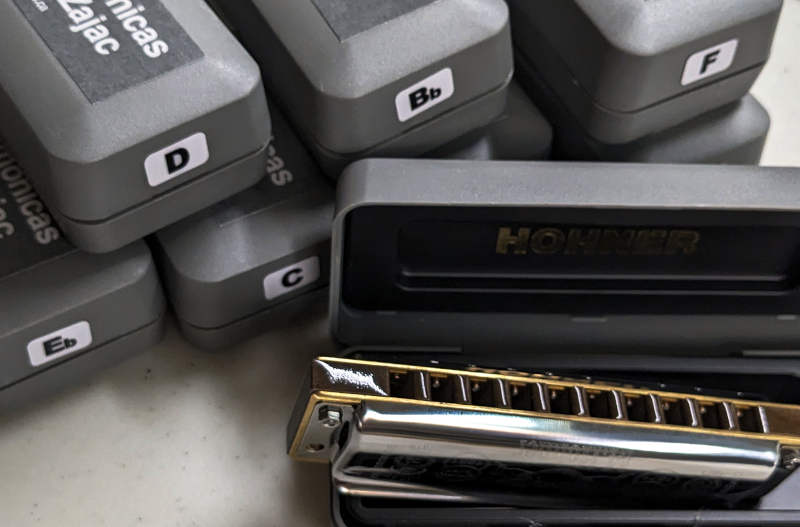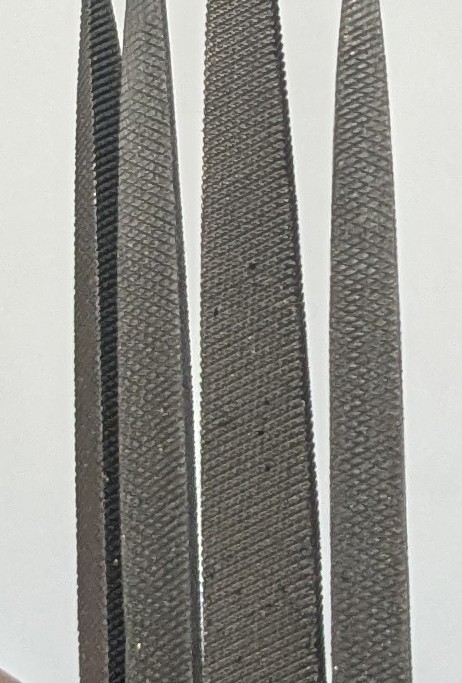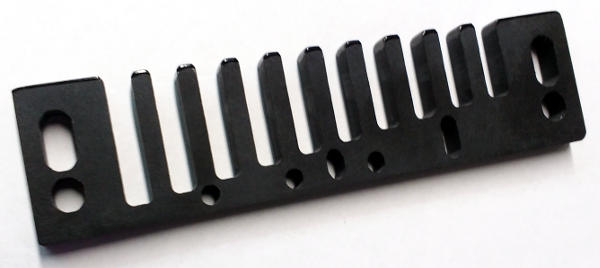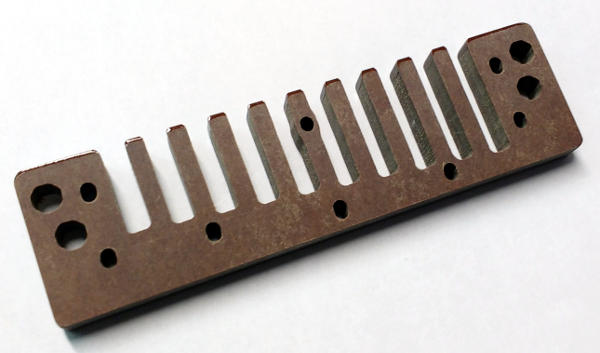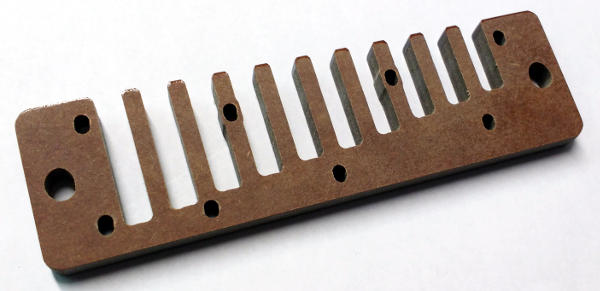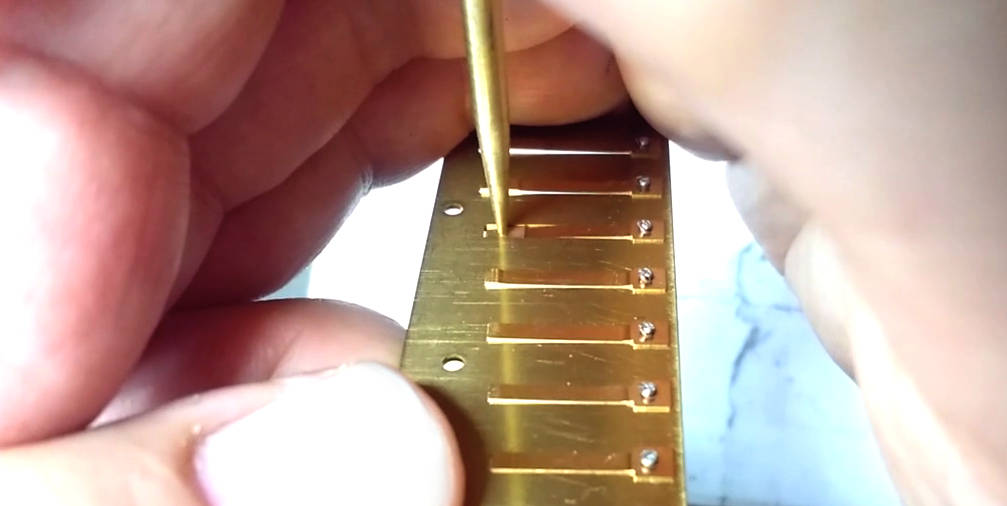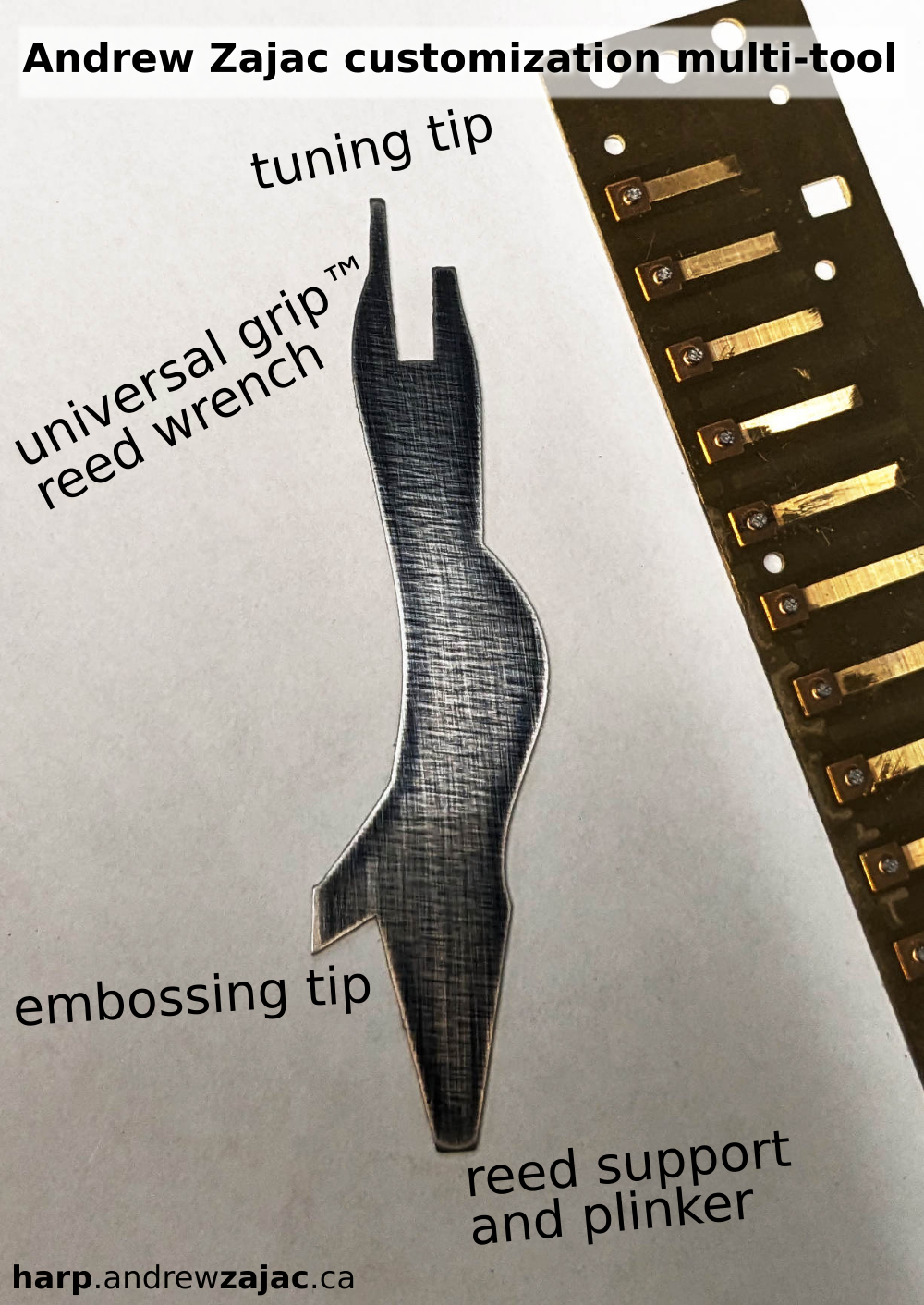Hohner has made some of the best instruments and it dominates the diatonic harmonica market worldwide. There is no company with a bigger share of the market. Not even close.
When Mathias Hohner developed the Marine Band 1896, he was the innovator, the machinist, the product manager, the shop worker, marketer and owner. It took him years to develop the gold standard harmonica with the magic reeds. Once he got it, he was hesitant to change.
And once his kids continued on, the product stayed mostly the same with some slight changes and an almost unnoticeable drop in quality until the late 1980s.
Then Hohner had some ideas.
Mostly bad ones.
To try to be more competitive, the shop significantly lowered its standards and Marine Band harmonicas in the 80s and 90 were terrible. They eventually noticed their mistake and tried to return the quality of the 1896 back to what it was.
Marine Band 1896
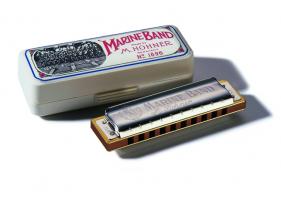
They also tried to automate the process and created a new design that could be made with less human work required. The MS series mostly sucked. The reeds are further away from your vocal tract because the reed plates are bigger and the airtightness is just awful.
MS reedplates:
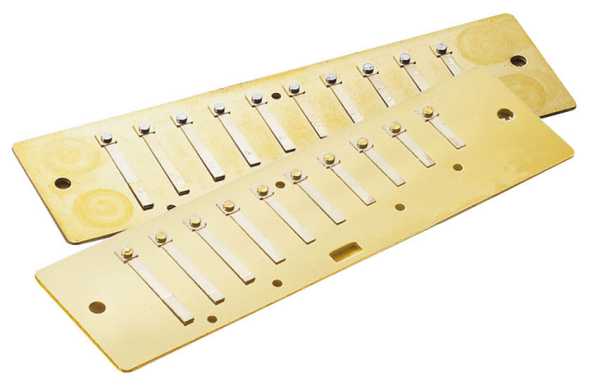
To mitigate the issues with Marine Band wooden combs, they redesigned the sandwich-type harmonica and created a recessed-type instrument with an ABS plastic comb.
That actually worked pretty well.
They stuck to something simple.
Special 20:
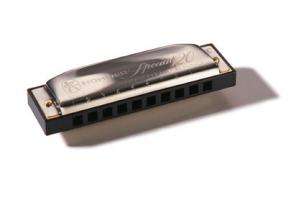
By using cheap ABS plastic and not trying to make the comb a feature of the instrument, they created something that was just as playable as a good Marine Band and it surprisingly had a nice tone for an instrument with a 20-cent cheap plastic piece. I think the secret there is the comb is so light and minimalist, it doesn't get in the way of the reeds.
And is has the same magic reeds as in the 1896. So it's a mass-produced Marine Band that doesn't have the risk of comb swelling or failure that the MB 1896 has.
To this day, the Special 20 is the world's best selling off-the-shelf harmonica.
Harmonica customizers take the whole instrument apart and rebuilt it from the ground up. We correct every defect and make the framework perfect so we can properly adjust the reed work and tuning to make the instrument perform exceptionally.
And though we perfect everything, we still assemble the instrument in the best way possible to maintain airtightness for its whole, long, life.
The Classic design of the Golden Melody is a sandwich type, which is very air efficient if the reed plates and comb are perfectly flat.
Sandwich-type Golden Melody:

The Progressive design of the Golden Melody is some weird, douchey nightmare. It seems to be change for the sake of change rather than change for the sake of improvement. The same mass production flaws are present in the new design as the old - and those can be corrected.
But there are also some foundational problems with the instrument so it's not a candidate for customization.
Progressive GM:
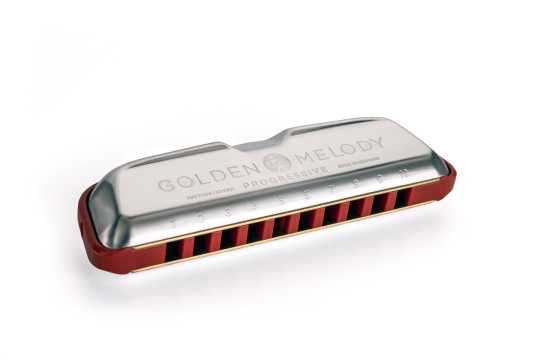
Bless its heart.
Hohner should have stuck with simple changes.
 Diatonic harmonica customization was much harder when I started because there was so much bad advice.
Diatonic harmonica customization was much harder when I started because there was so much bad advice.